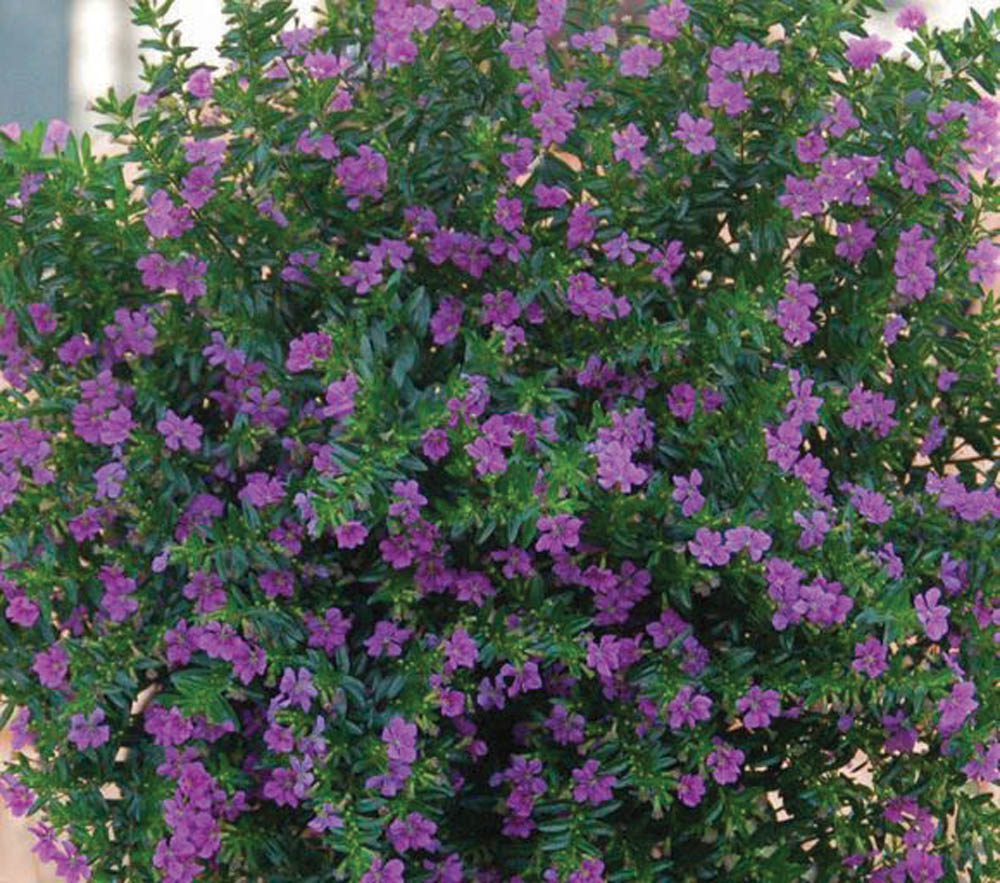The fern peony is a remarkably tough plant, and like the Chinese peony, it survives our intemperate climate just fine.
One of the most cherished perennials in our garden is our beloved fern peony (Paeonia tenuifolia), which is one of the first herbaceous perennials to come into bloom in the spring garden. One reason that it is so highly prized is that it came from my late mother’s garden; she had been given the plant in the early 1970s by an elderly neighbour when my parents moved to Elkhorn, Manitoba. Not to be confused with the Chinese peony (Paeonia lactifolia) which is the common peony that has graced Prairie gardens for decades, fern peonies are quite distinctive in their appearance.
Read Also

Giant Canada geese have gone wild in Manitoba
Giant Canada geese are seemingly everywhere and can be fine table fare for local hunters, but 70 years ago, they were borderline extinct.
The fern peony is a remarkably tough plant, and like the Chinese peony, it survives our intemperate climate just fine; I have never heard of a peony experiencing winterkill. It is not a demanding plant and once planted, will flourish for years – decades in fact – without needing to be disturbed. The plant can be propagated, however, by digging up pieces of the fleshy, tuberous roots around the edge of the clump and planting them to create new specimens. The pieces should not be planted too deep – the most common reason for peonies of all types not to bloom is being planted too deep. Only six cm or so of soil should cover the crown of the plant.
Fern peonies should be planted in soil which contains a good amount of organic matter, and the location should have good drainage. Peonies resent having “wet feet” and will not perform well – and may even die – if they are subjected to having a lot of water around their roots. Once a year the plant will benefi t from having a handful of bone meal worked into the soil around the clump, although many gardeners have simply planted a peony and then pretty much ignored it, and the plant has done just fine.
Fern peonies are early bloomers; if they are planted in a sheltered, southern location, they could very well be in bloom by mid-May. Ours is located in a more exposed spot which in fact gets part sun, not full sun, and it blooms in early June. The first sign of growth is the appearance of purple/red shoots poking through the ground. These shoots quickly grow and lovely, finely cut foliage unfurls along the stems, which get to be about 75 cm tall.
Soon, on the tips of the branches, tightly clenched buds appear, and in due time these buds open to reveal the exquisite blooms. The flowers of our fern peony are single, with one row of dark-red petals surrounding a large, raised, yellow centre, while our neighbour’s is a double variety with ruffled, fully double blooms. There are white and pink varieties, but most of the fern peonies that I have seen are red – pure peony red. As the peony grows, and before it reaches its full size, I surround the clump with wire fencing to support it. Some gardeners add a grid to the fence to supply a criss-cross support so that the plant remains upright, but I have never found this to be necessary; the stems of our fern peony seem to be strong enough to keep the plant upright with just the perimeter support to keep it from leaning.
Sometimes Chinese peonies will be bothered by botrytis, but I have never known a fern peony to suffer such an infection. If foliage does brown during the summer, this will likely be the cause, and careful, thorough fall cleanup will usually remedy the problem. The finely cut foliage of the plant is very attractive throughout the entire growing season, and even after the blooms have faded and been deadheaded, the clump of ferny foliage will be a perfect foil for other flowering plants in the border. The fern peony is certainly a plant worth including in the perennial border.


















